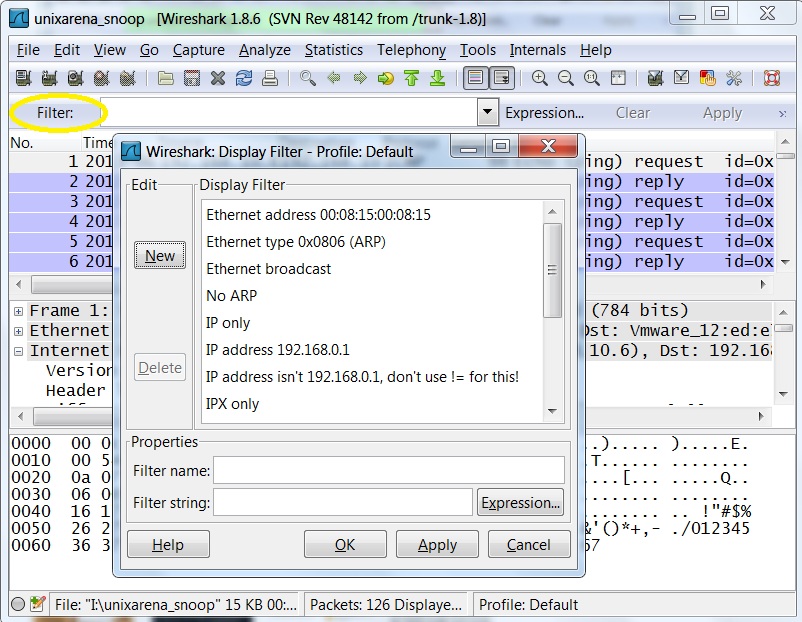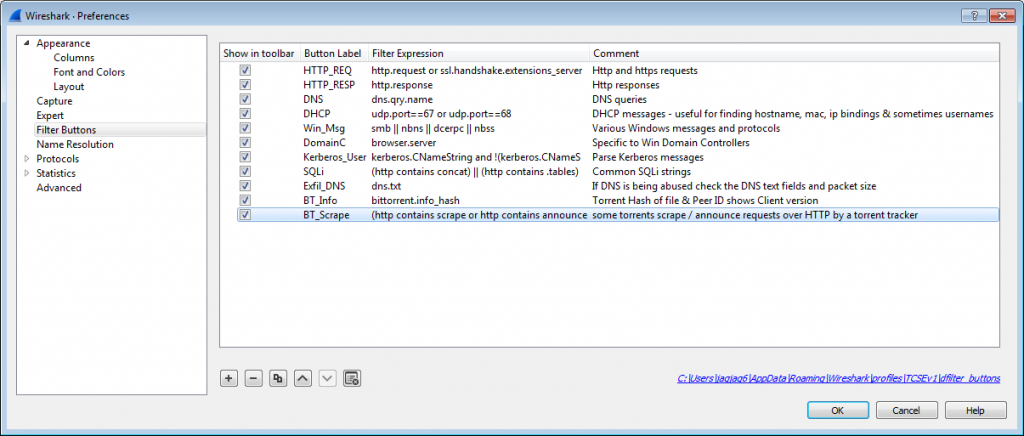

I’ve aliased the broadcast address 255.255.255.255 to “AVENGERS_ASSEMBLE!!!” as it might be something they would broadcast. Information from both the hosts file and subnets file is used. In this example, we are looking at conversations between resolved network addresses. # Read the file, filter out IPX, and output unique conversations between IP addresses.īash$ tshark -r /tmp/vlan.cap -o ':"Source Net Addr","%uns","Dest Net Addr", "%und"' -Y "ip" | sort | uniq It is easy to make a change, forget about it, and then have a “mystery” network problem 6 months later. It is best practices not to manually edit your system’s hosts file unless you keep immaculate documentation and can read your colleagues’ minds.

To change preferences, ethers, vlans, services, hosts, and others, check out Editing Config Files. With tshark, you can specify preferences manually with -o key:value as shown in “Other Notes” or by adding these to the preferences file directly. Here, ethers, vlans, services, hosts are loaded by *shark from the global/personal config directory (See Wireshark Docs). ≈ -Wn Adds DNS info from a file for this session Requires -Nn ≈ -o 'nameres.dns_pkt_addr_resolution:TRUE' To use only Wireshark’s hosts file, use -o nameres.hosts_file_handling:TRUE The highlighted “data sources” listed here are files in the profiles folder. Using -n will not change the resulting pcap file, but will decrease tcpdump/tshark resource usage. The big one it blocks is DNS queries to external resolvers. The -n option of tshark disables all name resolutions.


 0 kommentar(er)
0 kommentar(er)
